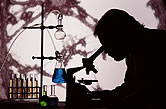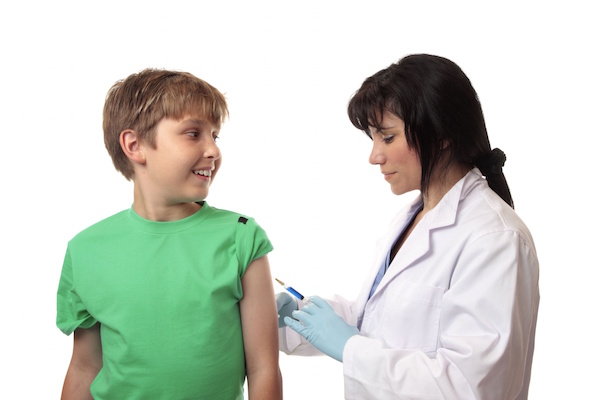
WEDNESDAY, Oct. 23 (HealthDay News) — Five years ago, researchers performed the first successful transplant of a tissue-engineered airway on a 30-year-old Colombian woman. Today, she’s still doing well, according to a new follow-up report on the surgery.
The woman who received the engineered section of windpipe has not experienced a rejection of the implanted airway, the researchers said.
The mother of two received the transplant after part of her own windpipe had collapsed due to complications from tuberculosis. An international team of researchers led by Dr. Paolo Macchiarini implanted a tissue-engineered trachea.
Along with his team, Macchiarini, who was at the Hospital Clinic of Barcelona, in Spain, at the time, created the airway using cells from a human donor trachea combined with the products of the patient’s own stem cells, as well as epithelial cells taken from a healthy part of the woman’s windpipe.
After receiving the transplant, the woman had no complications and was discharged from the hospital 10 days after surgery. Four months later, she still had no antidonor antibodies and did not need to take drugs to suppress her immune system to prevent her from rejecting the new airway. At that time, researchers cautioned that a longer follow-up would be needed to measure the success of the transplant.
Six months after surgery, the patient began to experience persistent coughing, according to the report. Scarring in the area of the transplant had caused a narrowing of her airway. A stent placed to hold her airway open was effective and she no longer experiences any symptoms, the researchers reported, although the stent requires regular monitoring.
Now, five years later, the woman who underwent the pioneering procedure is enjoying a normal social and working life. The follow-up findings, published Oct. 23 in the journal The Lancet, noted that regular tests of her lung function and other key indicators show that she has good lung function and has not had any complications involving her immune system.
“These results confirm what we and many patients hoped at the time of the original operation: that tissue-engineered transplants are safe and effective in the long term,” Macchiarini said in a journal news release. “However, the scarring that occurred in this patient shows that long-term biomechanical stability can be improved — something which is currently under active preclinical investigation.”
“The results of a first-in-man active clinical trial will soon provide the definitive evidence that is needed before this stem-cell-based tissue-engineering technology can be translated into routine clinical practice,” said Macchiarini, who currently is with the Karolinska Institute in Stockholm, Sweden.
Alan Russell, of the Disruptive Health Technology Institute at Carnegie Mellon University and the Allegheny Health Network, in Pittsburgh, wrote in an accompanying journal editorial that this is “the end of the beginning for tissue engineering; the groundwork has been laid for clinical implementation in other specialties.”
More information
Visit the U.S. National Science Foundation to learn more about tissue engineering.
Copyright © 2025 HealthDay. All rights reserved.

